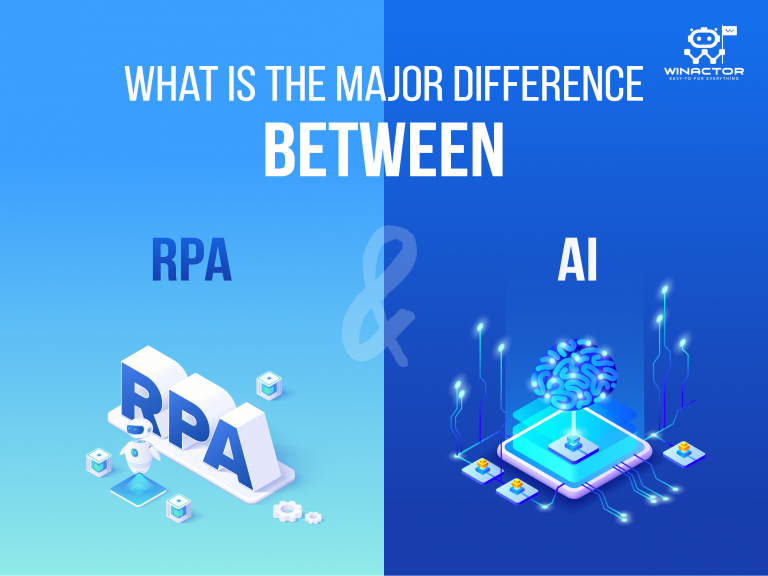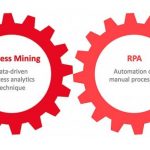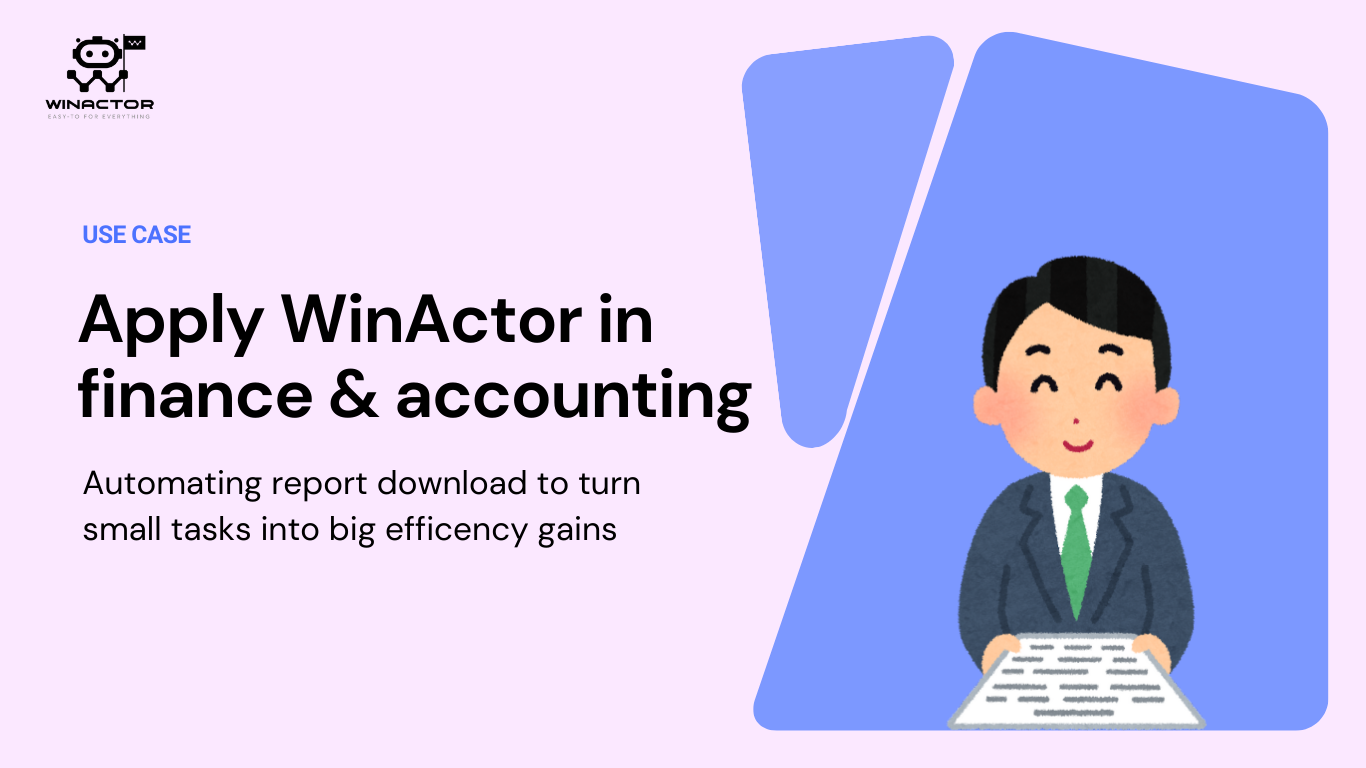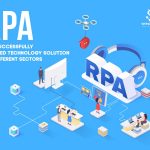Should enterprises take interest in technology, they can surely recognize the terms Robotic Process Automation (RPA), or Artificial Intelligence (AI), which are currently on top of technology keywords with rapidly growing traffic generated. To a lot of people, however, RPA and AI haven’t been clearly defined. Some may get confused with the features of these two tools, which eventually leads to inappropriate and ineffective technology selections.
1. What is RPA?
RPA (Robotic Process Automation) is a software robot that replaces humans to perform fixed logical tasks with no programming knowledge required. With one-time installation, RPA can accurately reproduce the task processing, thereby minimizing errors and elevating output quality. And WinActor, the No. 1 RPA Solution in Japan, appears to be a popular choice for most businesses striving for process and administration optimization.
2. What is AI?
While RPA (Robotic Process Automation) is a software solution “imitating” human practices, AI (Artificial Intelligence) simulates human intelligence using machines, especially computer systems. Some AI practical applications include language processing, speech and visual recognition, and system management, etc. In the healthcare sector, specifically, AI supports diagnosing CT scans or is used in AI Speaker (Smart speaker) to provide “Google Home” or “Amazon Echo” life service.
3. How are RPA and AI different?
Many RPA tools allow scenario adjustment using GUI right on the computer screen with no programming required. Therefore, anyone who has mastered the business process can apply RPA to their work. Compared to AI, RPA self-learning volume is much less, so there are almost no obstacles in implementation. RPA, with those impressive features, is widely applied in many organizations and is expected to contribute to productivity improvement, as well as reducing employee’s working hours.
4. Developing RPA and AI integrated products
In the fourth technology revolution, starting with simple technology like RPA to gradually increase IT application scale is sustainable. We would like to introduce some cases of AI application on the RPA basis as follows.
Extending the data processing range of RPA
Enterprises apply AI-OCR / AI speaker to digitize data in text, image, or audio forms (structuring unstructured data), thereby expanding the scope of tasks that can be automated. In other words, businesses are attaching the eyes of AI-ORC and the ears of AI to their robots.
Associating with a profession requiring judgmental ability such as appraisal
In the future, the number of AI products exclusively designed for particular purposes will increase. When integrated with this AI product. RPA can automate even more complex tasks. Just imagine your RPA automating robot is now associated with an AI appraisal advisor!
Appearing on the top list of technology solutions, RPA and AI have their own different fortes. Enterprises should carefully consider the utilizing objectives to pick out the most suitable and effective solution and assist their business in the development paths.
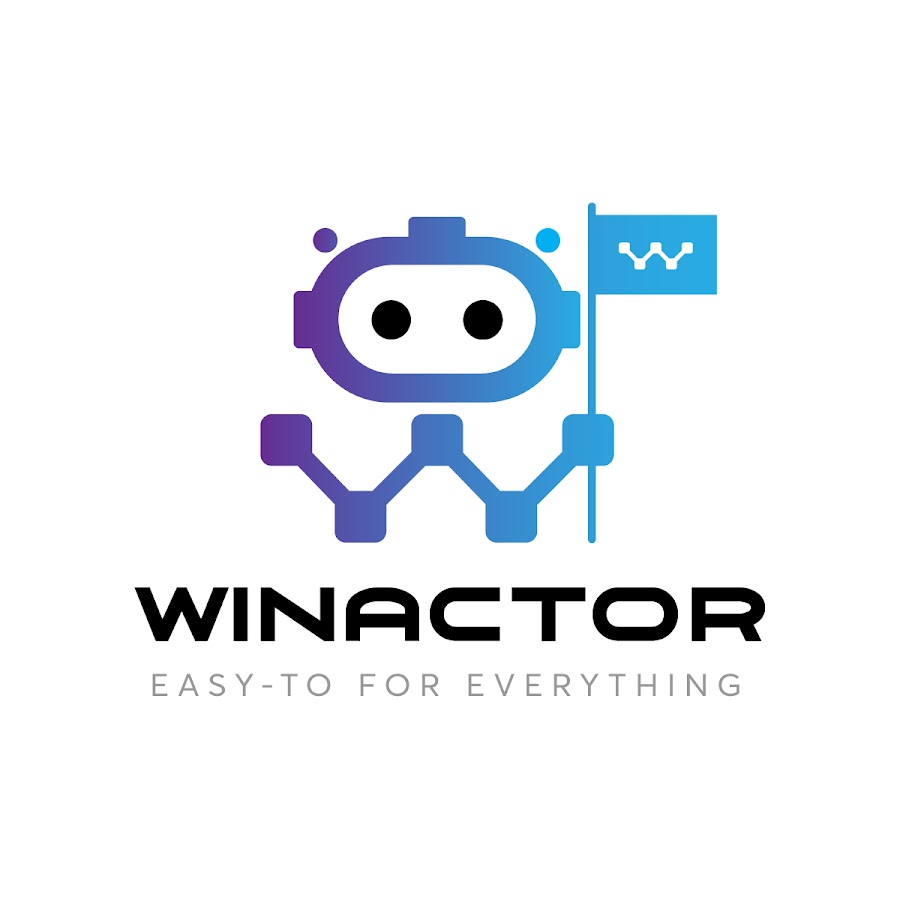
WinActor is an RPA software solution by NTT DATA Corporation to help businesses master technology, create breakthroughs in the digital age 4.0.

